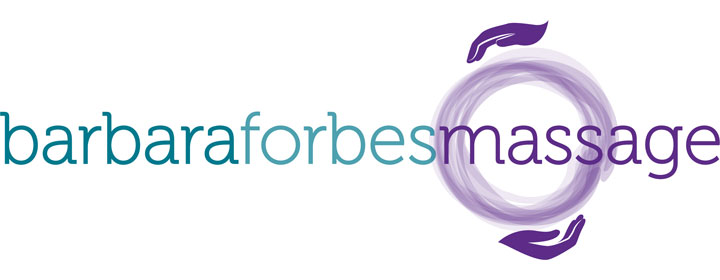Remedial Massage
Remedial massage generally works deeper
Remedial massage generally works deeper, through the muscle layers, creating a longer lasting relaxing effect. The basic methods of Swedish massage are used along with more advanced techniques such as joint mobilisations and specific stretches.
Ideally remedial massage should be used as a preventative form of treatment removing pain and dysfunction, creating balance, relieving stress and generally promoting a sense of deep relaxation and well-being.
However, if you have an injury remedial massage works extremely well in the treatment of a wide variety of muscle and skeletal problems such as upper back and shoulder pain, stiff neck, lower back pain or muscle cramps. Releasing excess built up muscle tension can also help to relieve chronic pain.
What conditions can Remedial Massage treat?
Remedial Massage is also effective in treating a wide range of other conditions such as, but not limited to:
- Tension type headaches and migraines
- Whiplash
- Jaw pain
- Frozen shoulder
- Arthritis
- Sciatica
- Tennis elbow / golfers elbow
- Plantar fasciitis
As well as assisting in the treatment of the above conditions, remedial massage has a positive impact on various systems of your body. These include:
Muscular: Remedial massage has a direct impact on the muscular system by stretching tight muscles, relaxing and releasing overused muscles, reducing spasms and muscular cramping, as well as assisting in tissue regeneration.
Circulatory and Lymphatic Systems: Remedial massage encourages blood flow to the tissue being treated by stimulating the circulatory system. As the lymphatic system works in close proximity to the circulatory system, the massage will promote reduced pain and swelling by improving your lymphatic flow.
Joints: By working on the muscles around a joint, remedial massage can increase joint range of motion and assist in increasing joint strength and stabilization.
For acute or recent injuries, remedial massage is indicated 72 hours following an injury and after rest and ice therapy has been performed to reduce any inflammation and swelling.
